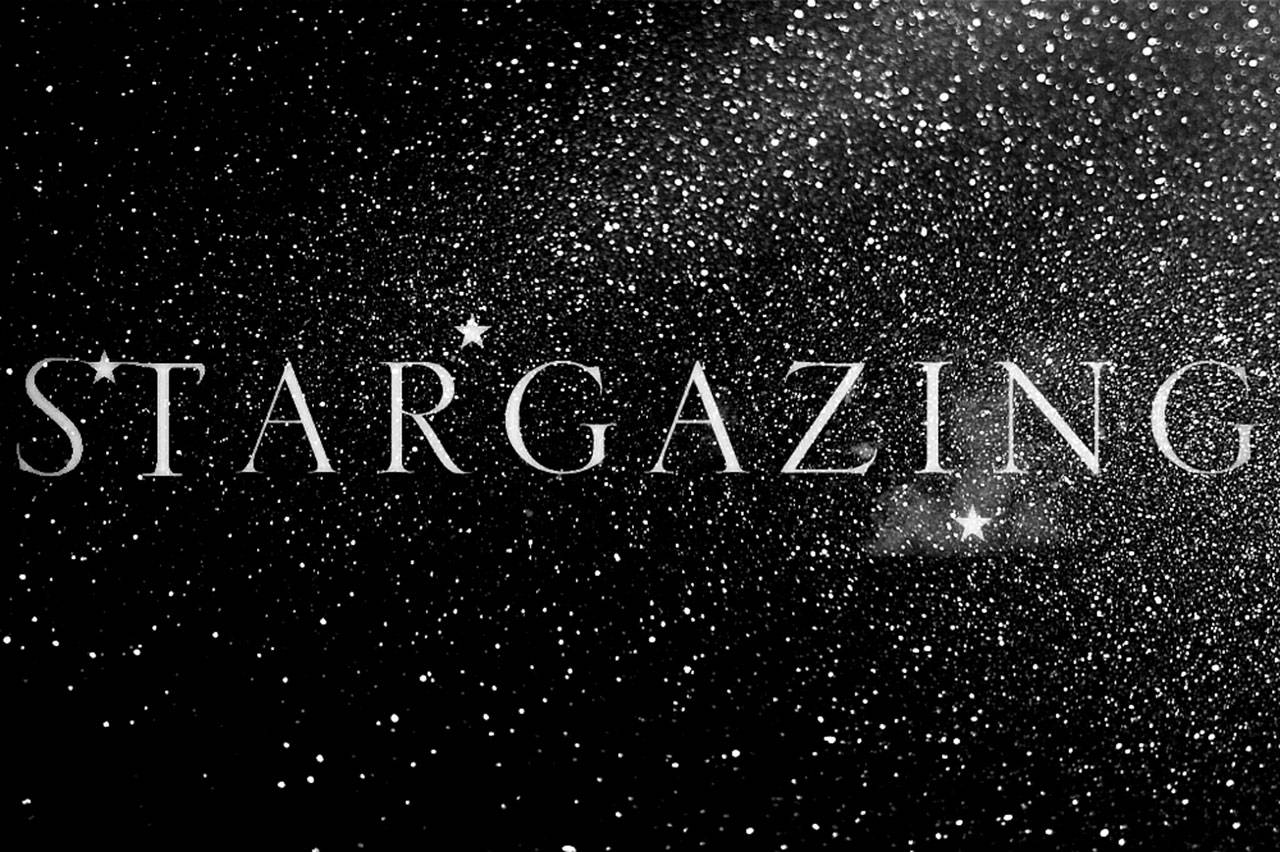By Christopher Phillips
For The Beachcomber
Greetings, stargazers.
We begin the month of December with the moon passing through its first quarter phase. As we move into the second week of the month, the moon will make its presence felt as its brightness increases. This will peak on Wednesday, Dec. 11, when the moon passes through its full phase. Provided the night is cloud-free, we will be able to appreciate a marvelous celestial sight in which the moon appears in the constellation of Taurus, and looks to be almost suspended between the horns of the celestial bull. The constellation of Orion can also be seen below the pair, with the great hunter’s bow aimed skyward toward both the moon and Taurus. This is nothing short of a quintessential winter sky display.
The intense brightness of the full moon will mean that only the brightest of stars will be visible during this period, with the best stargazing occurring at both the beginning and end of the month when the moon is waxing and waning respectively.
During these times, it may be possible to spot a bright pass of the International Space Station (ISS). Thursday, Dec. 5 will see the ISS pass from the west-north-west to the east-north-east, at 5:56 p.m. It will rise to an altitude of around 61 degrees, and provided we have a view clear of obstructions, we will be able to appreciate humanity’s first, permanently crewed, orbital outpost as it whips overhead at the astonishing speed of almost five miles per second. The ISS will make an additional bright pass on Sunday, Dec. 8, moving from the west-north-west to the south-east, at 5:55 p.m.
The December sky will be free of visible planets, for the most part, although it may be possible to catch a fleeting glimpse of Venus and Saturn, just after sunset in the southwest. However, a clear horizon that is free of obstructions will be needed to view these members of our solar family.
As we approach the end of the current year, we will be greeted with gloriously dark skies, perfect for stargazing, and the majesty of the winter sky will present itself in full. The constellation of Orion itself is worthy of your attention. Orion’s famous belt and sword hold a plethora of galactic wonders, including luminous blue giant stars. In the sword of Orion, just below the belt, we can see the Orion nebula. The nebula is a massive region of star formation in which new solar systems are born amongst clouds composed of the most basic cosmic ingredient, hydrogen. These clouds are vast, spanning many light-years, and their appearance is almost as that of waves, with swells and surges sculpted and driven by fierce stellar winds from hot newborn stars.
It may come as a surprise, but this stellar birthplace is visible to the naked eye on a clear night. Through a modest pair of binoculars or a small telescope, one can view this universal wonder as a small, fuzzy patch. However, do not be dissuaded by this modest view, because the nature and allure of this heavenly forge hold our gaze and stokes the fires of the human imagination on these cold winter nights.
I wish you clear skies for the month of December — and happy stargazing!
Christopher Phillips is based at the University of Washington, where he works as a research scientist on the Zwicky Transient Facility.


